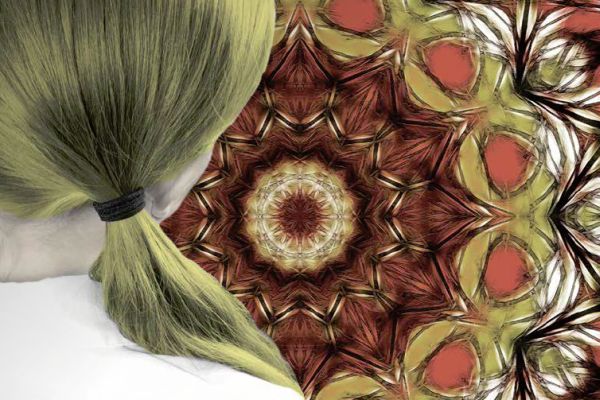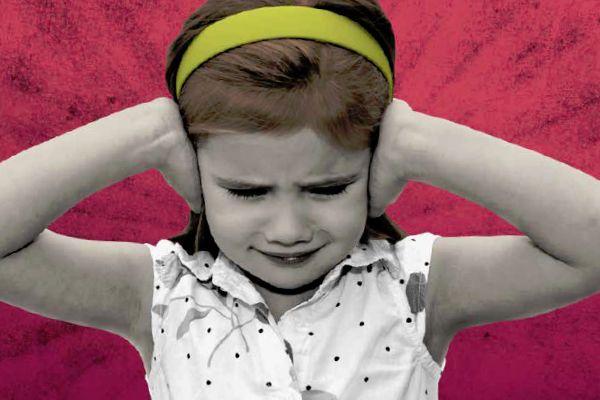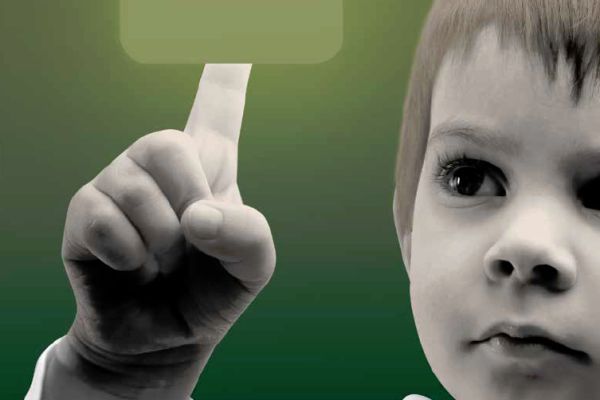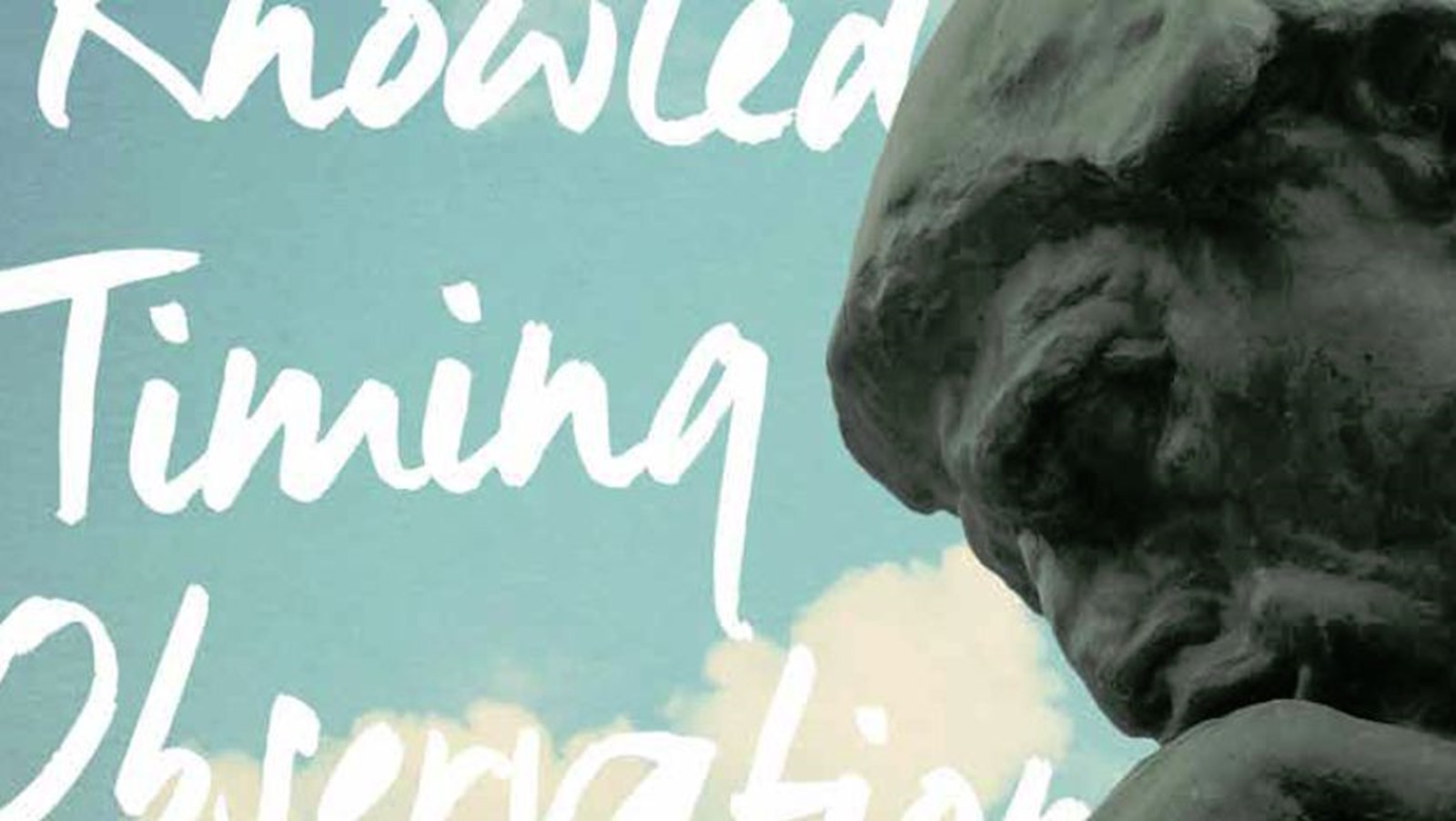Eleanor Patrick’s recent article in this journal, ‘An “effecticient” intervention’,1 explained her stance as a practitioner integrating counselling and coaching approaches. In doing so, she highlights some of the tensions inherent when marrying different theoretical frameworks, particularly the more direct nature of coaching with the non-directive stance of counselling.
So when she invited me to write about clinical competence and therapeutic intent, I found myself pondering the complexity of what informs the interventions we make in practice. What is professional knowledge for counselling and psychotherapy with children and young people and how do we create and develop it? These questions are the focus of this article.
Knowledge metaphors
We talk about knowledge in a number of ways through a variety of metaphors. We use a metaphor of knowledge as a structure when we talk of building or constructing knowledge. We use a metaphor of knowledge as resource when we talk about managing knowledge or of knowledge capital. My preferred metaphor is one of metabolism. Like food entering the alimentary canal and undergoing a metabolic process, information enters via our senses and is subject to a process analogous to digestion, where some is processed and absorbed into our being and some is eliminated as not being useful. Digestion involves breaking complex molecules down into simpler molecules; it is a process akin to analysis. Simple molecules are absorbed into the body and form new, more complex molecules; this is synthesis, where something new is created. I think a similar thing happens with ideas and experience. Information is analysed and mixed with previous experience and previous knowledge, then either absorbed to form new knowledge, or not. This means that our past understandings, and who we are, are crucial in the creation, or not, of new knowledge. Our theories and skills are mere information. It is the person we are that determines if and how we digest information to create our professional knowledge. Revolutions of knowledge or paradigm shifts can depend on ‘the idiosyncrasies of autobiography and personality’.2 It also explains why, even in the face of compelling evidence, some people are not able to change their minds.
Metabolism as an image also appeals to me, as a psychotherapist, as it closely mirrors the concept of containment, where the adult takes in the child’s projections, thinks about them and offers them back in a more digestible form.3,4 It also works for me because I enjoy food and cooking. Tastes, flavours, nutrition and the aesthetics of food are important to me. I find that olfactory and gustatory images come easily to me; and I use them in my practice. I might describe the quality of the silence in a therapy session as having a particular flavour; or talk about the stench of sexual abuse; or describe a lovely event as being delicious.
Conceptual metaphors are important because they structure the way we think about something.5 This metaphor of knowledge as metabolism acknowledges that professional knowledge is embodied; that it involves both conscious and non-conscious aspects; that it involves a purposeful and continuous living process between the world and ourselves; that it involves feelings and is human.
My work involves the initial education of therapists working with children and adolescents. The stance of the course is integrative, relational, developmental and ecosystemic. But whatever their theoretical orientation, there seems to be a consensus among educators that the professional knowledge required for therapeutic work involves theoretical knowledge and understanding, a set of practical skills, and personal qualities such as self-awareness, compassion and resilience. All courses known to me involve these three key elements. They combine to form professional knowledge, and by that I mean the knowledge required to make interventions that provide a contingent response to a particular child in particular circumstances and at a particular time and place. So, let’s look at these three in turn and then think about how they might work together.
Theoretical knowledge and understanding
It is clear that we need to have theories to give us a language to describe and explain what is happening in our therapy rooms. It has been established that a therapist’s ability to conceptualise and think about what is happening for them, their clients and in the in-between of the relationship is helpful in managing countertransference and in purposely using the relationship for the benefit of the client.6 Different theories or maps give us different data, different perspectives and provide different aspects of understanding. Consider for a moment the map of the London underground. It is a schematic diagram that gives us a clear idea of the relative positions of the stations and lines. It looks very different from the London street map that shows us geographic locations. A contour map of London, showing hills and valleys and the steepness of slopes, would look very different again. They are all maps of London but they offer us different information. Similarly, we need a range of theories to describe, explain, understand and make sense of our work. No one theory can hold the truth.
For example, attachment theory illuminates the importance of initial care-giving relationships. CBT theory emphasises the need to challenge negative automatic thoughts and engage in experiments that test reality. Psychodynamic theory puts great store by intrapsychic processes such as mechanisms of defence, transference and projection. Humanistic theories highlight the creation of facilitative conditions and working in the here and now. Arts and play therapies prize the symbolic and non-verbal modes of communication.
But we must not mistake theory for professional knowledge; a range of theories is necessary but not sufficient to create professional knowledge.
A set of practical skills
We also require a set of skills to provide us with the methods and strategies for undertaking the work. These are the things we actually do in our sessions. Examples include the ability to offer therapeutic presence; establish and maintain a therapeutic relationship; to play; collaborate to agree therapeutic focus; communicate empathy; facilitate the expression of feelings; listening skills; observation skills etc. BACP has recently published an excellent map of competences for work with young people (11–18 years), articulating a range of abilities required by those in the profession.7 These competences include both theoretical and practical abilities.
However, we must not mistake skills and abilities for professional knowledge; they are necessary but not sufficient. Professional knowledge requires something more. Having a poise and elegance, a sense of timing, knowing when and where, as well as how, to intervene, professional knowledge extends to encompass personal knowledge, qualities, experience and reflection on that experience. It is perhaps more an art than a craft.
Therapist embodiment of personal qualities
The robust and stable finding – over more than a century of research – is that the quality of the therapeutic relationship is crucial for the success of the therapy.8 The clear implication is that the person of the therapist matters. The essence of therapy is embodied in the therapist. Furthermore the evidence suggests that empathy, self-awareness, authenticity and acceptance are key relational factors. They are not however in themselves enough.
Moursund and Erskine9 remind us that therapists must proceed with clinical competence and therapeutic intent. Clinical competence means making a judgment about the wisdom of an intervention, thus finding a response that is appropriate and contingent; and therapeutic intent ensures that the wellbeing of the child is paramount. For example, if a therapist is amused by a child’s anger it would not be helpful to express this, even though it is authentic, as the child might be belittled and shamed. An overprotective parent might perfectly well understand their child’s emotions and respond very genuinely but not be helpful.
Developing the response
My contention is that therapy with children and young people is not formulaic. One size does not fit all and perfectly plausible interventions that might be effective with one child or young person in one context can be ineffective with another. For example, there is no right answer to the question, ‘What do I do when the child runs out of the room?’ It depends on the meaning to the child and the context. Perhaps the child is keeping you safe from their anger, perhaps the child is frightened of you, or perhaps they feel shamed and need to hide. Your response needs to be emotionally sensitive, thoughtful, perhaps playful and always contingent. What you do and say is specific and particular to you and this child in this specific and
particular context.
Contingent response requires judgment. We depend on our professional knowledge to provide the ground for the judgments we make. We make them with therapeutic intent, which means it is for the beneficence of the child. Our judgments are ethically driven and the bottom line in making these judgments is: ‘What is most therapeutic for this child’? At this point it is useful to reach out to ancient wisdom and to Aristotle’s notion of phronesis.
Phronesis
Phronesis is defined as practical reasoning; it is practice wisdom that comes from an intimate familiarity with contingent uncertainties. This means that it is situated knowledge about how to understand and act in contextualised settings. It is developed through experience, and reflection upon that experience. Aristotle claims this wisdom to be the most important. It is intimate knowledge; local, tacit and bottom-up. It is knowledge that emerges from practice and is driven by values. Aristotle contrasts phronesis with episteme and techne. Episteme is knowledge that focuses on the analytical and abstract. It is decontextualised and theoretical, and seeks to establish law-like relationships that are universal and absolute. Newtonian mechanics and the laws of thermodynamics are examples of episteme. Techne is knowledge that we might call know-how; it is craft knowledge and requires application of skill. Knowing how to plaster a wall is an example of techne. Our words epistemology and technology have their roots in these ancient concepts.
So our quest for professional knowledge can be framed as developing phronesis. This leads to developing practice that is context sensitive, dialogical, reflexive, ethical and trustworthy. Finding a language to describe and communicate our professional knowledge is very important at a time when instrumentalist rationality, managerialism and technification are in the ascendance. The concept of phronesis can contribute to that language. The work we do cannot be reduced to a list of skills, nor can it be manualised. It is deeply personal, human and relational, and each therapist/child dyad is unique. So my work as an educator of therapists does not involve delivering lessons as if knowledge could be parcelled and passed from one to another unopened. Rather it is the serving up of nourishing experiences that people can take in, digest through reflection and therefore transform into their own unique professional knowledge. And it is phronesis that affords us our competence as therapists.
Carol Holliday is a psychotherapist, educator and researcher. She is interested in the therapeutic aspects of relationships between children and adults, and in working with arts and play. Her most recent book is Therapy with Children and Young People: integrative counselling in schools and other settings (co-edited with McLaughlin, Sage, 2014).
More from BACP Children and Young People journal

Trauma: The body, the play and the drama
Open article: Sue Jennings writes about the building blocks of trauma recovery. BACP Children and Young People, September 2015

Obsessional avoidance of everyday demands
Open article: Phil Christie introduces pathological demand avoidance (PDA), describes its symptoms in children and young people, and explains how therapists, teachers and parents can understand and work with it. BACP Children and Young People, June 2015

Digital futures
Open article: Louis Weinstock suggests we encourage children to consult their own experiential evidence concerning the time they spend using digital devices, and that we harness the power of digital technology to enhance children’s internal capacity for wellbeing. BACP Children and Young People, March 2015
References
1 Patrick E. An ‘effecticient’ intervention. BACP Children & Young People 2015; December: 36–39.
2 Kuhn T. The structure of scientific revolutions. 2nd edition. Chicago: University of Chicago Press; 1962.
3 Kalu D. Containers and containment. Psychodynamic Practice 2002; 8(3): 359–373.
4 Bion W. Attention and interpretation. London: Tavistock; 1970.
5 Johnson M, Lakoff G. Why cognitive linguistics requires embodied realism. Cognitive Linguistics 2006; 13(3): 215–324.
6 Gelso CJ, Hayes AJ. Countertransference and the therapist’s inner experience. London: Lawrence Erlbaum Associates; 2007.
7 BACP. Competences for humanistic counselling with young people (11–18 years). [Online.] https://www.bacp.co.uk/research/competences/cyp_competences.php (accessed 11 October 2015).
8 Wampold BE, Imel Z. The great psychotherapy debate: models, methods, and findings. London: Routledge Academic; 2015.
9 Moursand J, Erskine RG. Integrative psychotherapy: the art and science of relationship. London: Thomson/Brooks Cole; 2003.
